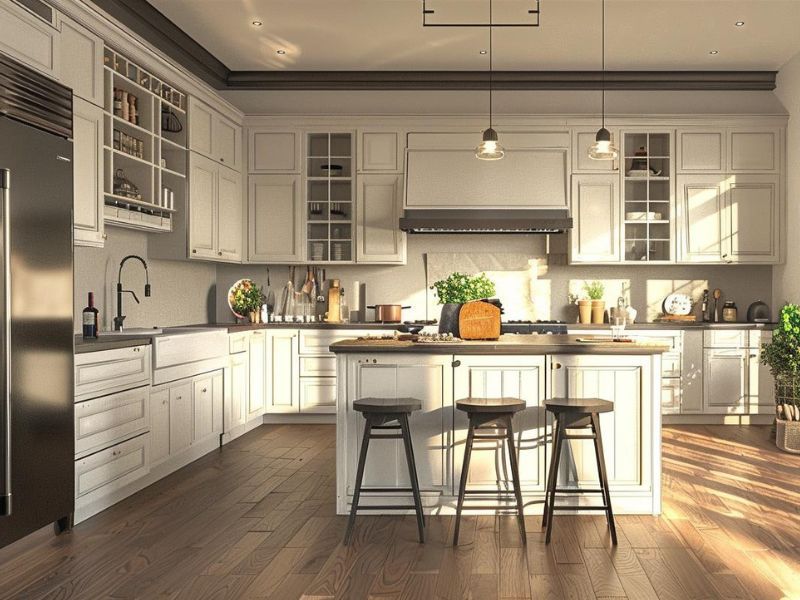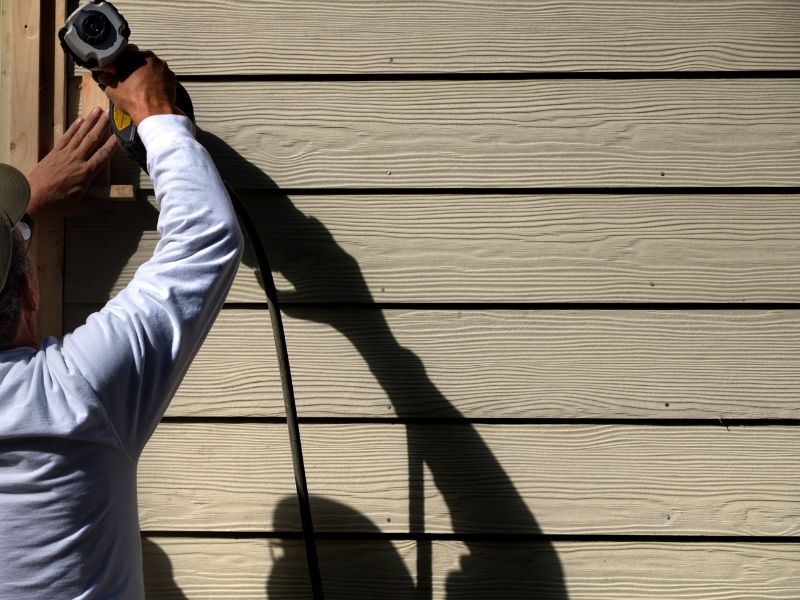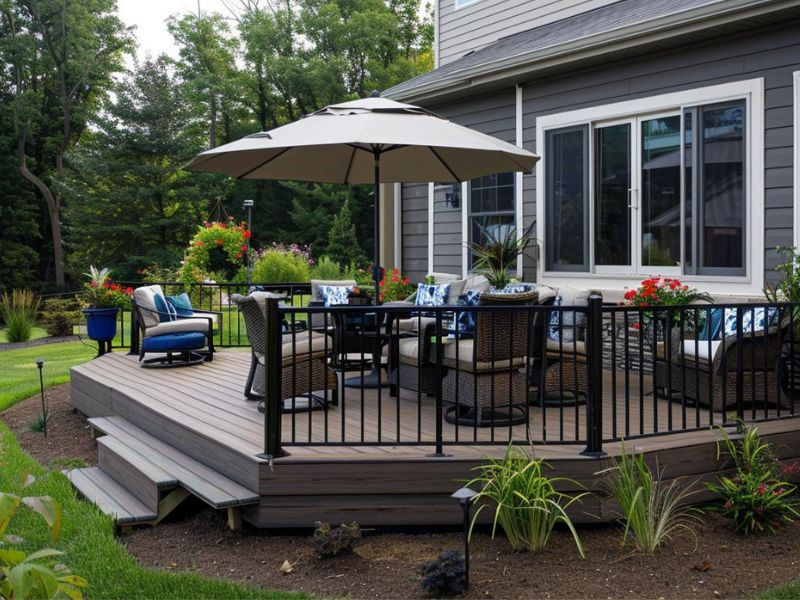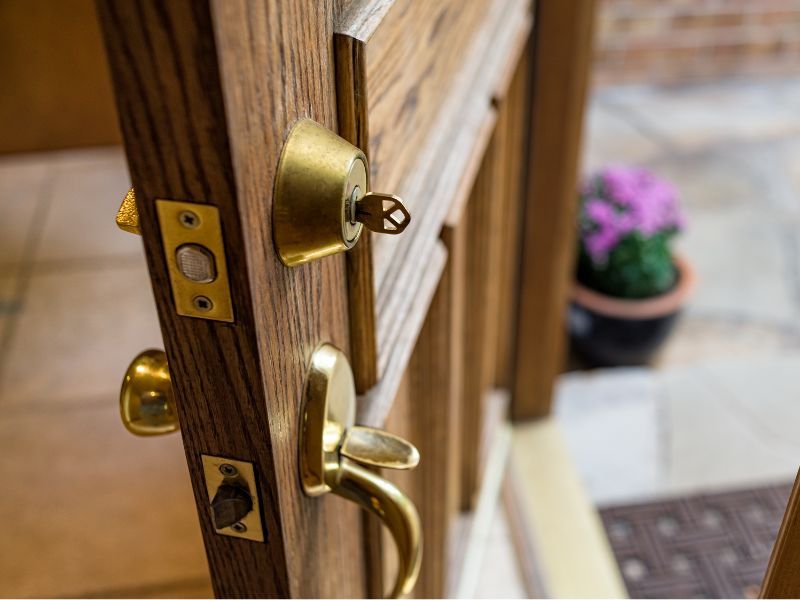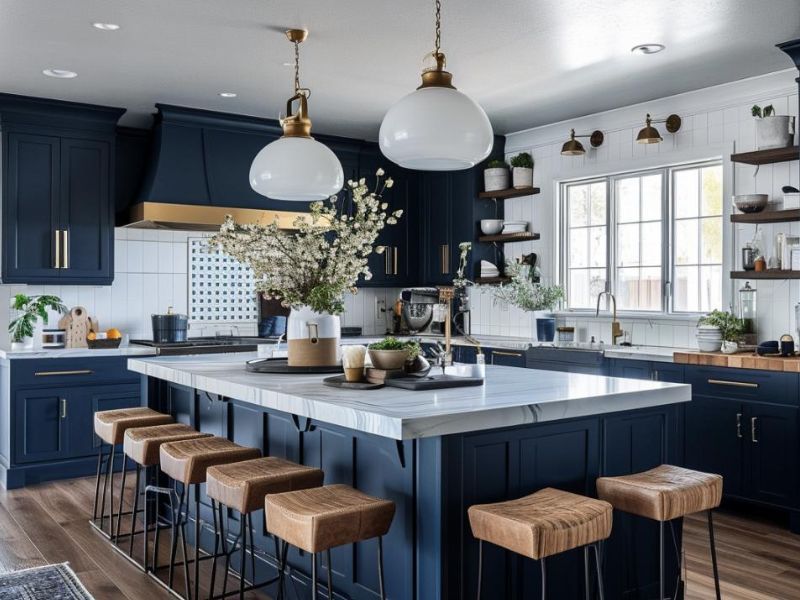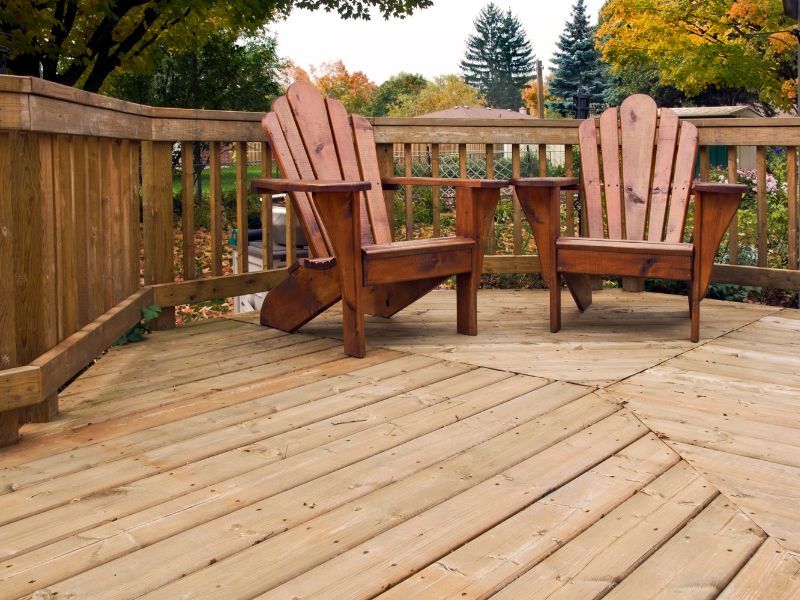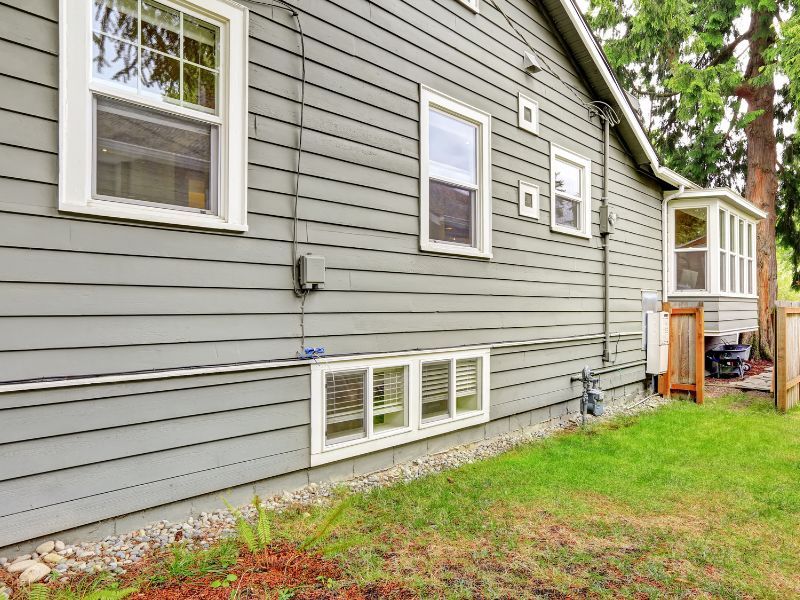Common Siding Issues and How to Fix Them
Your home’s siding acts as armor against the elements but can deteriorate over time. Issues like cracking, warping, moisture damage, fading, pest infestations, and loose panels are common. Proper maintenance and timely repairs are essential to keep your siding looking great and functioning well. Use appropriate methods for different materials and stains, ensure proper installation, and consider professional help when needed. For expert siding repair and home maintenance in Nebraska, Omaha Handyman Service offers a wide range of services to keep your home in top shape.
Think of the siding of your home as the armor that protects it from the elements. Over time, however, it can start to show signs of deterioration, just like anything else.
Whether you have vinyl, wood, or fiber cement siding, it can face issues like cracks, warping, moisture damage, and even pest infestations.
In a 2021 study, approximately 14 million of the 124 million occupied housing units in the United States reported seeing roaches in their homes within the past year. These problems can affect both the look and protection of your siding. Luckily, we are here to help. So, let’s dive in and ensure your home remains beautiful and safe.
Cracking and Warping
Cracking and warping are common problems with materials like vinyl and wood. Cracking can occur when the siding material breaks or splits, while warping involves the bending or twisting of the siding panels out of their original shape.
Causes of Cracking and Warping
When exposed to rapid or severe changes, such as a sudden frost following a warm day, siding materials can become prone to damage and crack. Similarly, intense heat can have a negative impact on materials like vinyl and lead to warping.
Poor installation practices are another significant cause. If the siding is installed too tightly, without allowing space for natural expansion and contraction, it is more likely to crack or warp under stress. Additionally, if nails or fasteners are not properly spaced or driven too tightly, they can create stress points that lead to cracking.
Impact damage from hail, falling branches, or even errant baseballs can also cause the siding to crack. Over time, these impacts can create weak spots that can split.
Solutions for Cracking and Warping
Homeowners can seal small cracks with a vinyl siding repair kit or caulk designed for their specific siding material. However, for larger cracks or extensive warping, it’s usually best to replace the affected sections entirely. This ensures that the integrity of the siding is maintained and that the home remains well-insulated and protected.
When replacing siding, it’s crucial to follow proper installation techniques. This includes allowing for some movement to accommodate temperature changes and ensuring that fasteners are appropriately spaced and not too tight. For warped wood siding, replacing the affected boards and treating the area with a water-resistant sealant can help prevent future issues.
Moisture Damage
Moisture damage arises when water goes inside the siding material. This can lead to a various complications, including mold growth and rot. Moisture damage can also affect the underlying structure of your home.
Causes of Moisture Damage
High humidity levels and frequent rainfall are common causes, especially in regions prone to wet weather. Improperly sealed joints or gaps in the siding can allow water to enter, leading to moisture buildup behind the panels. Damaged or missing flashing around windows, doors, and other openings can also allow water to enter.
Another common cause is poor drainage around the home. If water is allowed to pool around the foundation or on flat surfaces, it can eventually seep into the siding. Additionally, siding materials that are not adequately water-resistant or have degraded over time can absorb moisture, leading to swelling, warping, and eventual rot.
Solutions for Moisture Damage
First, inspect the siding for damage like discoloration, swelling, or mold. Replace or correctly install damaged or missing flashing to reduce water penetration, and consider installing a moisture barrier for additional protection. Improve drainage by regrading the landscape, maintaining gutters and downspouts, and adding solutions like French drains if needed.
Fading and Discoloration
When your home has discoloration, it can look aged and poorly maintained. Addressing fading and discoloration can improve your home’s curb appeal and extend the life of the siding material.
Causes of Fading and Discoloration
UV radiation breaks down the pigments in the siding material, leading to a gradual loss of color. This is particularly noticeable in darker siding colors, which tend to absorb more heat and degrade faster than lighter shades.
Pollution and dirt accumulation are other common causes. Over time, these contaminants can embed themselves into the material, making cleaning more difficult.
Low-quality paint or siding materials are also prone to fading and discoloration. Cheaper materials may not have adequate UV protection or may use inferior pigments that degrade quickly.
Solutions for Fading and Discoloration
To rejuvenate discolored siding, a thorough cleaning with a soft brush or pressure washer and mild detergent often works. For persistent discoloration or stains, try repainting and use high-quality, UV-resistant products designed for exterior use.
Regular cleaning prevents pollutant buildup while applying a UV-protective coating can shield the siding from sun exposure. For continued protection, reapply these coatings periodically. For long-term solutions, opt for durable, fade-resistant materials like fiber cement and high-grade vinyl.
Pest Infestation
Common pests, such as termites, ants, and rodents, can find their way into small openings in the siding and create big problems with your siding. Understanding the causes of pest infestations can help you maintain the integrity and aesthetics of your home.
Causes of Pest Infestation
Gaps, cracks, or holes in siding provide easy access for pests to enter and nest in your walls. Poorly maintained or rotting siding attracts insects and rodents seeking shelter. Homes near wooded areas or heavy vegetation are more prone to pest problems due to their proximity to natural habitats.
Solutions for Pest Infestation
Look for small holes, gnaw marks, droppings, or nests indicating pests. Act quickly if you detect an infestation. Seal gaps, cracks, or holes in the siding with caulk or appropriate materials. For larger damage, replace affected sections to ensure a secure barrier.
Using pest-resistant materials like fiber cement and treated wood is effective against insects. Professional pest control can assess and treat severe infestations and provide prevention advice. To prevent pests, maintain a clean, dry environment, ensure proper drainage, and trim vegetation away from siding.
Loose or Missing Siding
When siding panels become loose or fall off, the underlying materials can become vulnerable to the elements. It’s important to understand the causes of this problem so that you know how to fix them.
Causes of Loose or Missing Siding
Strong winds, heavy rains, and storms can dislodge siding, especially if not securely fastened. Over time, harsh weather can weaken fasteners, causing siding to loosen or fall off.
Improper installation is another cause, as incorrect fastening or spacing can prevent secure attachment. Nails or screws that are too tight or loose fail to hold the siding properly.
Age and wear also contribute. As siding ages, it can become brittle and less resistant to environmental stress. Temperature changes cause expansion and contraction, loosening fasteners and leading to loose or missing panels.
Solutions for Loose or Missing Siding
To fix loose siding, reattach panels with secure, appropriate fasteners, replacing any damaged ones. Quickly replace missing panels, matching the existing material and following manufacturer guidelines.
For future prevention, ensure proper installation, possibly by hiring a professional, using the correct fasteners, and allowing for expansion.
Final Words: Siding Services in Nebraska
Addressing common siding issues and how to fix them as soon as possible can prolong your home’s exterior lifespan and preserve its visual appeal.
When you need professional services that will help you with this, Omaha Handyman Service is just a call away. We specialize in a wide range of home repair and maintenance services, including siding repair, painting, plumbing, and more.
If you’re facing any siding issues or need assistance with home maintenance, give us a call today. Let us help you preserve the beauty and integrity of your home.



